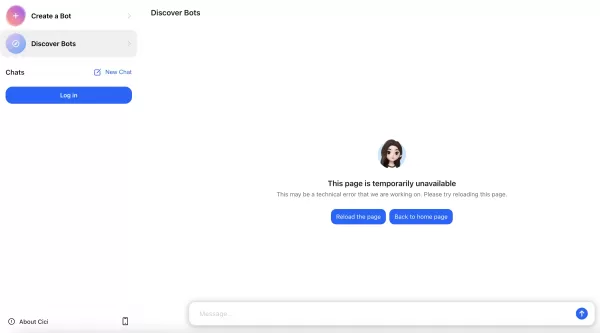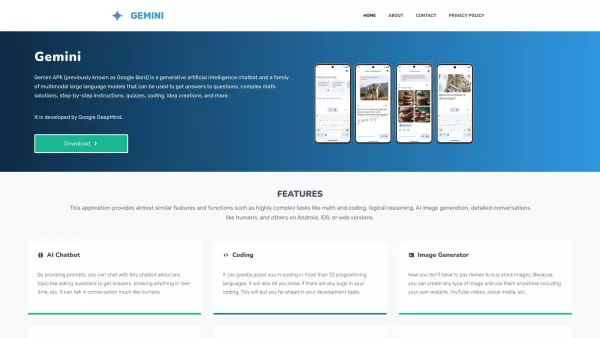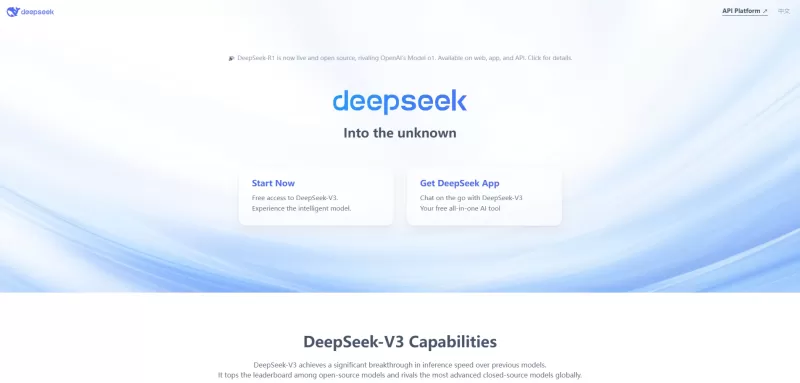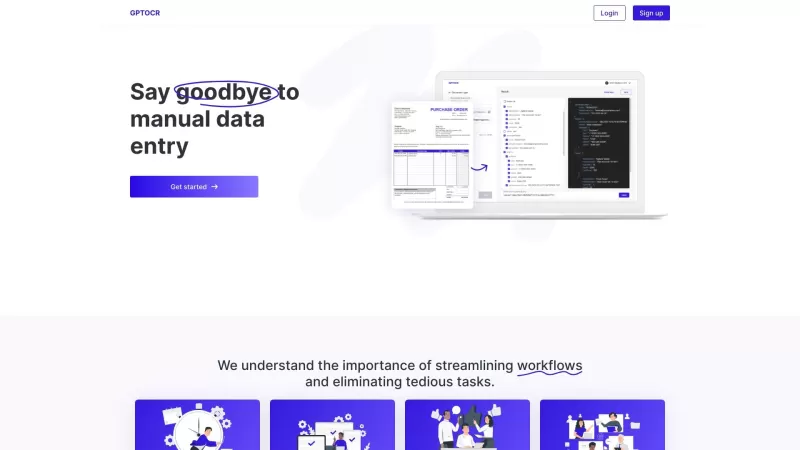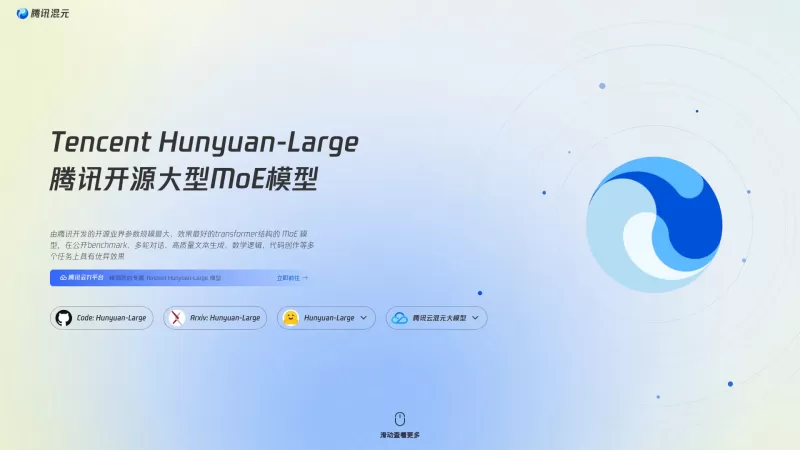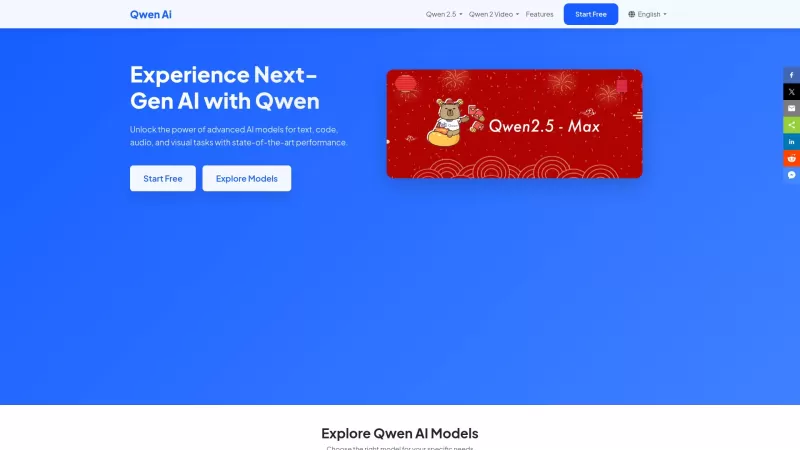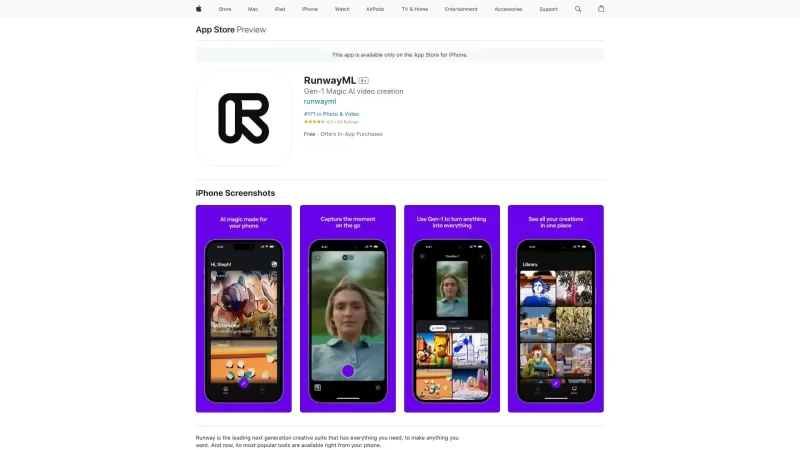AGI Set to Revolutionize Human Thought with a Universal Language Breakthrough
The emergence of Artificial General Intelligence presents transformative potential to reshape human communication through the creation of a universal language framework. Unlike narrow AI systems designed for specialized tasks, AGI possesses human-like learning capabilities across multiple domains, enabling it to analyze linguistic patterns, cultural contexts, and cognitive processes. This unique combination could foster a unified communication system that bridges cultural divides while enhancing human cognition itself.
Understanding AGI's Linguistic Capabilities
Artificial General Intelligence represents a fundamental shift from task-specific AI systems. With its ability to reason abstractly and transfer knowledge across disciplines, AGI can process linguistic structures, cultural nuances, and communication patterns at unparalleled scales. This comprehensive understanding enables AGI to potentially create a communication framework that captures the richness of human thought while eliminating unnecessary complexity.
AGI's multimodal learning capacity allows it to analyze:
- Phonetic patterns across thousands of languages
- Grammatical structures and their cognitive impacts
- Cultural context embedding in linguistic expressions
- Emotional resonance in communication
The Cognitive Revolution Through Language
Linguistic Relativity Reimagined
The Sapir-Whorf hypothesis suggests language fundamentally shapes perception and cognition. Historical studies demonstrate this phenomenon:

Study Finding Cognitive Impact Berlin & Kay (Color Perception) Languages with richer color vocabularies enable finer perceptual distinctions Enhanced visual discrimination Whorf (Arctic Languages) Multiple snow-related terms improve environmental categorization Superior pattern recognition Boroditsky (Gendered Nouns) Grammatical gender influences object characterization Conceptual associations
AGI could synthesize these insights to create a cognitive-optimized language that enhances information processing while minimizing cultural biases.
Overcoming Historical Limitations
Previous Universal Language Attempts
While Esperanto (1887) and Lojban (1987) demonstrated the appeal of constructed languages, their adoption faced critical challenges:
- Cultural Resistance: Native language ties to identity and heritage
- Practical Barriers: Limited immediate utility for learners
- Cognitive Load: Artificial grammatical structures require conscious effort
AGI could overcome these through:
- Algorithmic analysis of natural language acquisition patterns
- Cultural sensitivity modeling
- Cognitive ergonomics in language design
AGI's Language Development Framework
The creation of a universal language by AGI would involve several key processes:

Structural Optimization
- Phonetic simplicity for easier pronunciation
- Regular grammatical patterns reducing cognitive load
- Cross-cultural semantic transparency
Implementation Strategy
AGI would facilitate adoption through:
- Adaptive learning interfaces
- Context-aware translation systems
- Gamified acquisition pathways
Sociocultural Impacts and Challenges
Potential Benefits
- Enhanced global collaboration in scientific research
- Reduced misunderstanding in diplomatic communications
- Democratization of knowledge access
Key Considerations
Challenge Mitigation Strategy Cultural preservation Bilingual fluency model Linguistic diversity Digital archival ecosystems Ethical concerns Transparent development protocols
Implementation Timeline
The adoption curve would likely follow:
- Research Phase (5-7 years): Cognitive modeling and prototyping
- Pilot Phase (3-5 years): Educational institution implementation
- Integration Phase (10-15 years): Widespread technological adoption
Ethical Framework Requirements
Critical safeguards would include:
- Multicultural oversight committees
- Open-source development principles
- Neuroscience validation protocols
Future Outlook
AGI-developed universal language could ultimately serve as:
- A cognitive enhancement tool
- A cultural bridge mechanism
- A new paradigm for human-machine interaction
Success would depend on balancing innovation with preservation, ensuring technological advancement complements rather than replaces humanity's rich linguistic heritage.
Related article
 OpenAI Reaffirms Nonprofit Roots in Major Corporate Overhaul
OpenAI remains steadfast in its nonprofit mission as it undergoes a significant corporate restructuring, balancing growth with its commitment to ethical AI development.CEO Sam Altman outlined the comp
OpenAI Reaffirms Nonprofit Roots in Major Corporate Overhaul
OpenAI remains steadfast in its nonprofit mission as it undergoes a significant corporate restructuring, balancing growth with its commitment to ethical AI development.CEO Sam Altman outlined the comp
 AI Leaders Ground the AGI Debate in Reality
At a recent dinner with business leaders in San Francisco, I threw out a question that seemed to freeze the room: could today's AI ever reach human-like intelligence or beyond? It's a topic that stirs more debate than you might expect.
In 2025, tech CEOs are buzzing with optimism about large langua
AI Leaders Ground the AGI Debate in Reality
At a recent dinner with business leaders in San Francisco, I threw out a question that seemed to freeze the room: could today's AI ever reach human-like intelligence or beyond? It's a topic that stirs more debate than you might expect.
In 2025, tech CEOs are buzzing with optimism about large langua
 OpenAI Strikes Back: Sues Elon Musk for Alleged Efforts to Undermine AI Competitor
OpenAI has launched a fierce legal counterattack against its co-founder, Elon Musk, and his competing AI company, xAI. In a dramatic escalation of their ongoing feud, OpenAI accuses Musk of waging a "relentless" and "malicious" campaign to undermine the company he helped start.
According to court d
Comments (0)
0/200
OpenAI Strikes Back: Sues Elon Musk for Alleged Efforts to Undermine AI Competitor
OpenAI has launched a fierce legal counterattack against its co-founder, Elon Musk, and his competing AI company, xAI. In a dramatic escalation of their ongoing feud, OpenAI accuses Musk of waging a "relentless" and "malicious" campaign to undermine the company he helped start.
According to court d
Comments (0)
0/200
The emergence of Artificial General Intelligence presents transformative potential to reshape human communication through the creation of a universal language framework. Unlike narrow AI systems designed for specialized tasks, AGI possesses human-like learning capabilities across multiple domains, enabling it to analyze linguistic patterns, cultural contexts, and cognitive processes. This unique combination could foster a unified communication system that bridges cultural divides while enhancing human cognition itself.
Understanding AGI's Linguistic Capabilities
Artificial General Intelligence represents a fundamental shift from task-specific AI systems. With its ability to reason abstractly and transfer knowledge across disciplines, AGI can process linguistic structures, cultural nuances, and communication patterns at unparalleled scales. This comprehensive understanding enables AGI to potentially create a communication framework that captures the richness of human thought while eliminating unnecessary complexity.
AGI's multimodal learning capacity allows it to analyze:
- Phonetic patterns across thousands of languages
- Grammatical structures and their cognitive impacts
- Cultural context embedding in linguistic expressions
- Emotional resonance in communication
The Cognitive Revolution Through Language
Linguistic Relativity Reimagined
The Sapir-Whorf hypothesis suggests language fundamentally shapes perception and cognition. Historical studies demonstrate this phenomenon:

| Study | Finding | Cognitive Impact |
|---|---|---|
| Berlin & Kay (Color Perception) | Languages with richer color vocabularies enable finer perceptual distinctions | Enhanced visual discrimination |
| Whorf (Arctic Languages) | Multiple snow-related terms improve environmental categorization | Superior pattern recognition |
| Boroditsky (Gendered Nouns) | Grammatical gender influences object characterization | Conceptual associations |
AGI could synthesize these insights to create a cognitive-optimized language that enhances information processing while minimizing cultural biases.
Overcoming Historical Limitations
Previous Universal Language Attempts
While Esperanto (1887) and Lojban (1987) demonstrated the appeal of constructed languages, their adoption faced critical challenges:
- Cultural Resistance: Native language ties to identity and heritage
- Practical Barriers: Limited immediate utility for learners
- Cognitive Load: Artificial grammatical structures require conscious effort
AGI could overcome these through:
- Algorithmic analysis of natural language acquisition patterns
- Cultural sensitivity modeling
- Cognitive ergonomics in language design
AGI's Language Development Framework
The creation of a universal language by AGI would involve several key processes:

Structural Optimization
- Phonetic simplicity for easier pronunciation
- Regular grammatical patterns reducing cognitive load
- Cross-cultural semantic transparency
Implementation Strategy
AGI would facilitate adoption through:
- Adaptive learning interfaces
- Context-aware translation systems
- Gamified acquisition pathways
Sociocultural Impacts and Challenges
Potential Benefits
- Enhanced global collaboration in scientific research
- Reduced misunderstanding in diplomatic communications
- Democratization of knowledge access
Key Considerations
| Challenge | Mitigation Strategy |
|---|---|
| Cultural preservation | Bilingual fluency model |
| Linguistic diversity | Digital archival ecosystems |
| Ethical concerns | Transparent development protocols |
Implementation Timeline
The adoption curve would likely follow:
- Research Phase (5-7 years): Cognitive modeling and prototyping
- Pilot Phase (3-5 years): Educational institution implementation
- Integration Phase (10-15 years): Widespread technological adoption
Ethical Framework Requirements
Critical safeguards would include:
- Multicultural oversight committees
- Open-source development principles
- Neuroscience validation protocols
Future Outlook
AGI-developed universal language could ultimately serve as:
- A cognitive enhancement tool
- A cultural bridge mechanism
- A new paradigm for human-machine interaction
Success would depend on balancing innovation with preservation, ensuring technological advancement complements rather than replaces humanity's rich linguistic heritage.
 AI Leaders Ground the AGI Debate in Reality
At a recent dinner with business leaders in San Francisco, I threw out a question that seemed to freeze the room: could today's AI ever reach human-like intelligence or beyond? It's a topic that stirs more debate than you might expect.
In 2025, tech CEOs are buzzing with optimism about large langua
AI Leaders Ground the AGI Debate in Reality
At a recent dinner with business leaders in San Francisco, I threw out a question that seemed to freeze the room: could today's AI ever reach human-like intelligence or beyond? It's a topic that stirs more debate than you might expect.
In 2025, tech CEOs are buzzing with optimism about large langua

